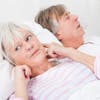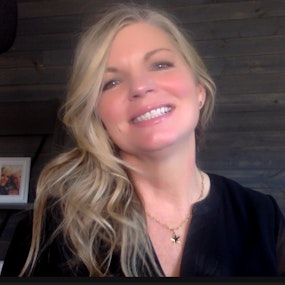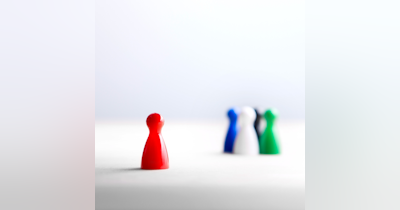Written by Cindy Rogers, RDH
Why is it that the older we get, the less we sleep? It is well known that the elderly in general do not sleep well at night. Many stay up late, sleep in their recliner, and get up in the morning before the crack of dawn. Yet, they are tired during the day and plan social activities around their naps. As people age, they tend to have a harder time falling asleep and more trouble staying asleep. It is a misconception that sleep needs decline with age. In fact, research shows that our sleep needs remain the same during adulthood.
So then, why do people sleep less as they age? One very possible reason is that they may be suffering from Obstructive Sleep Apnea.
What Is Obstructive Sleep Apnea
Obstructive sleep apnea (OSA) is a chronic condition characterized by frequent episodes of upper airway collapse during sleep.
OSA is comprised of two types of events. Apnea, in which there is 100% flow limitation for at least 10 seconds. And, Hypopnea in which there is at least a 30% decrease in airflow lasting 10 seconds or greater with oxygen desaturations greater than or equal to 4%.
How Common is Obstructive Sleep Apnea?
According to the National Healthy Sleep Awareness Project by the American Academy of Sleep Medicine- September 2014, 40% of adults over 40 snore (approximately 87 million Americans). 18% of men and 8 % of women between 30-70 suffer from some form of OSA. Less than 10% o OSA sufferers have been diagnosed. Of those 10%, less than 25% have been successfully treated.
The risks of untreated sleep apnea include cardiovascular disease, memory loss, depression, lack of energy, sleepiness, mood changes, social implications, irritability and more. Does this sound like anyone you know?
Should Dentures and Partials Be Worn at Night
We have been trained to advise our patients to remove their dentures and partials at night so that the gums and tissues can rest. However, without the dentures and partials in place, there is less support for the lips and cheeks. When a person lays down without this support for his lips and cheeks, they collapse further into the mouth cavity adding to the obstruction of the airway. Perhaps we should recommend that our elderly patients wear their dentures and partials to bed and let them soak during the day.
Screening Signs and Symptoms of OSA
Does your patient snore? Do they suffer from acid reflex or G.E.R.D? Do they get headaches such as migraines, cluster headaches, or dull morning headaches? Do they urinate frequently at night? Do they have enlarged tonsils? Do they suffer from excessive sleepiness and fatigue? Do they have high blood pressure? Do they have diabetes? Do they have a scalloped tongue? Do they show signs of clinching and bruxing? What is their Malampatti class?
OSA, High Blood Pressure, Heart Attack, and Stroke
There is a sympathetic response in the body every time an apnea or hypopnea occurs. This causes the heart rate and blood pressure to increase. People with OSA have hundreds of events per night, thus the body remains in a constant state of elevated blood pressure. The body does not get sufficient oxygen, because of this it is not converting enough into nitric oxide. Without enough nitric oxide, the blood vessels narrow and the endothelial lining of the arteries breaks down making them more susceptible to plaque building up. Narrow arteries, with risk of blockage equal high blood pressure, heart attack, and stroke.
OSA Diagnostics and Treatment
If you suspect that a patient of any age may suffer from OSA, they should be referred to their physician or a sleep MD to have a sleep study done. Once diagnosed with OSA, there are several options for treatment. The standard of care and best option is still a CPAP machine. However, it only works if the patient wears it, which can be difficult for some patients. Another great option is a sleep appliance that Dentists can provide with proper training and a written prescription from the MD. I would also encourage Orofacial Myofunctional Therapy in conjunction with any of these options.
References:
-
American Academy of Dental Sleep Medicine website. http:/www.aadsm.org/ 2. Sleep Group Solutions- Dental Sleep Medicine Seminar 3. Somnomed web site. http:www.somnomed.com/




